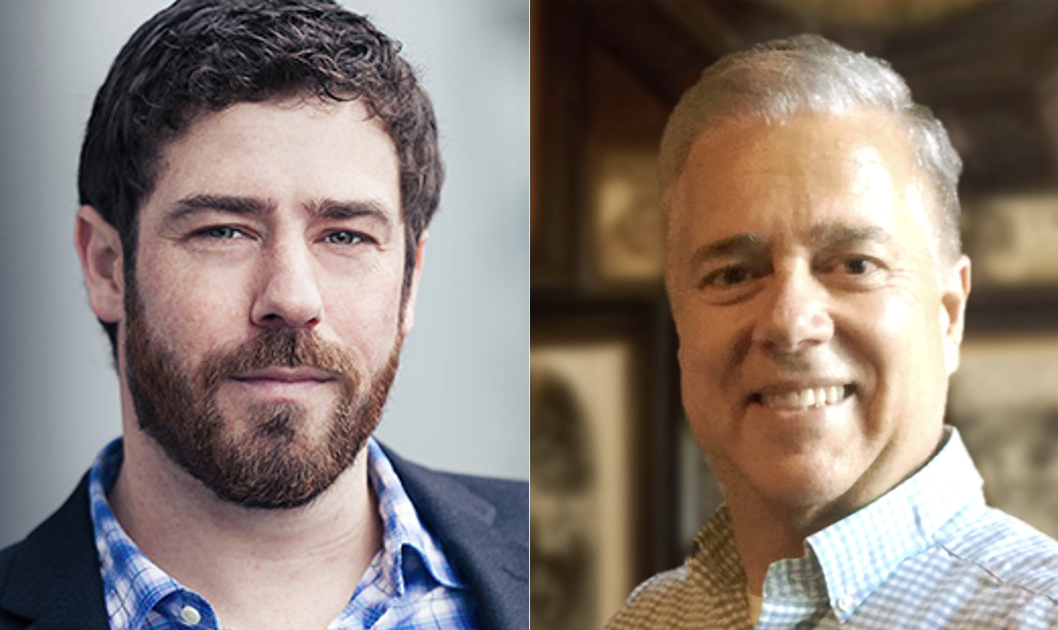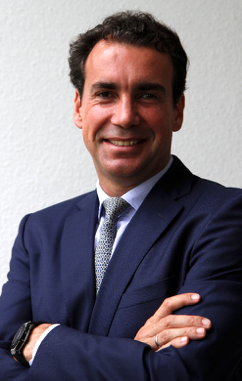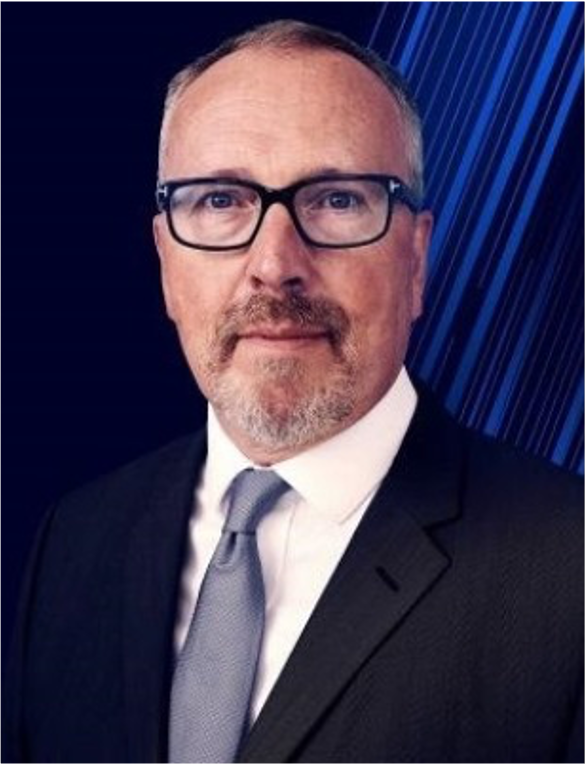Transcripts
 Guests:
Guests:
Josh Crumb- Founder & CEO, Abaxx Technologies Inc.
Joe Raia- Chief Commercial Officer, Abaxx Exchange
Annoucer: [00:00:00] This is a special edition of MacroVoices with hedge fund manager, Erik Townsend. The premier financial podcast, targeting professional finance, high net-worth individuals, family offices, and other sophisticated investors. Now for this special edition of MacroVoices, here's Erik Townsend.
Erik Townsend: [00:00:29] MacroVoices Spotlight episode six was recorded on March 11th, 2021. I'm Erik Townsend.
When we had Kyle Bass on MacroVoices and talked about Singapore really becoming the heir apparent to Hong Kong as Hong Kong loses some of its independence from China. Kyle brought up Abaxx Technologies, a company that both Kyle and I have invested in. And when I asked him about it, he said, look, you really have to get Josh Crumb, the CEO of Abaxx on your show to talk about all the different dimensions of this because, as Kyle put it, he said, look, frankly, I invested because they're doing something cool in Singapore with natural gas and because Josh Crumb is involved and frankly, Josh Crumb's the only guy who really understands all the dimensions of this in his head. So we're following up on that advice.
 Erik: Joining me now is JDI Research founder Juliette Declercq, who is perhaps best known for her incredible graphs and charts. So you're not going to want to miss the download for this week's interview.
Erik: Joining me now is JDI Research founder Juliette Declercq, who is perhaps best known for her incredible graphs and charts. So you're not going to want to miss the download for this week's interview.
Registered users will find the download link in your research roundup email. If you don't have a research roundup email, it means you're not registered yet. Just go to our homepage macrovoices.com. Look for the red button that says looking for the downloads just above Juliette's picture and immediately below the green donate button.
Bonsoir Juliette! It's great to have you back. I want to start with a question. We're asking everyone which is secular inflation, is it really about to happen? Some people say this is the late 1960s. We're about to have a massive inflation driven by all of the government stimulus and everything that's expected. And frankly, at this point, I really hope you're a deflationist because we've been looking for one.
 Erik: Joining me now is Diego Parrilla, a portfolio manager for Quadriga Asset Management and best selling author of the books, "The Anti-Bubbles" and "The Energy World is Flat". Diego it's great to have you back on the program. A man who follows energy markets and whether or not they're flat or not, I gotta believe is thinking about inflation. But I'd rather have you tell me you're a deflationist because we can't seem to find any smart deflationist left. Let's start with inflation versus deflation. How do you see the whole story?
Erik: Joining me now is Diego Parrilla, a portfolio manager for Quadriga Asset Management and best selling author of the books, "The Anti-Bubbles" and "The Energy World is Flat". Diego it's great to have you back on the program. A man who follows energy markets and whether or not they're flat or not, I gotta believe is thinking about inflation. But I'd rather have you tell me you're a deflationist because we can't seem to find any smart deflationist left. Let's start with inflation versus deflation. How do you see the whole story?
Diego Parrilla: Well, thank you for having me back. Look, I think the endgame is inflation for sure. But what is very important to understand is they're very very strong forces in both directions. Clearly, on the deflationary side, we're dealing with, you know, potentially unemployment. Obviously, the economy is recovering but still lagging substantially. We have technological benefits and considerations that are deflationary. We have demographics, we have overcapacity, we have malinvestment, we have potential bubbles, which are hugely deflationary. So all these things point one way, however, there's just one thing, or one major force on the other side, which is money printing in the trillions. That is basically more than offsetting them all and beyond. So it's almost as if the more deflation in the system, the bigger of an excuse, and the more room, central banks have to print or try to print their way out.
 Erik: Joining me now is Ole Hansen, head of commodity strategy for Saxo Bank. Ole has prepared a slide deck in association with today's interview.
Erik: Joining me now is Ole Hansen, head of commodity strategy for Saxo Bank. Ole has prepared a slide deck in association with today's interview.
Registered users will find the download link in your research roundup email. If you don't have a research roundup email, it means you're not yet registered at macrovoices.com. Just go to our homepage macrovoices.com, click the red button above Ole's picture and right below the green donate button that says looking for the downloads.
Ole it's great to have you back on the podcast, boy commodities, kind of forgotten it seems by most people in the macro world for the last few years, and all of a sudden Whammo, it seems as if the commodity sector overall has bottomed and reversed quite vigorously. Would you agree with that assessment? And how would you describe the macro drivers? What's going on here? Is it just a bump? Is it a dead cat bounce? Are we really seeing a secular return to a commodity bull market?
 Erik:
Erik:
Joining me now is Lyn Alden, founder of Lyn Alden Investment Strategy. And the title of Lyn's slide deck, which I strongly encourage you to download is Fiscal Dominance.
Registered users will find the download link in your research roundup email. If you don't have a research roundup email, it means you're not registered yet at macrovoices.com. Just go to our homepage, macrovoices.com. Click the red button just above Lyn's picture, which says "looking for the downloads".
Lyn, before we get into the slide deck. I want to start with the big picture. We've been looking for a deflationist. I got a feeling that's not you, because you've been on the inflation theme for quite a while. But I'm curious. I know you listened to the show. What do you make of all the prominent deflationists flipping to inflation seems to me, like this is kind of a sign here. What do you make of this?
MACRO VOICES is presented for informational and entertainment purposes only. The information presented in MACRO VOICES should NOT be construed as investment advice. Always consult a licensed investment professional before making important investment decisions. The opinions expressed on MACRO VOICES are those of the participants. MACRO VOICES, its producers, and hosts Erik Townsend and Patrick Ceresna shall NOT be liable for losses resulting from investment decisions based on information or viewpoints presented on MACRO VOICES.
